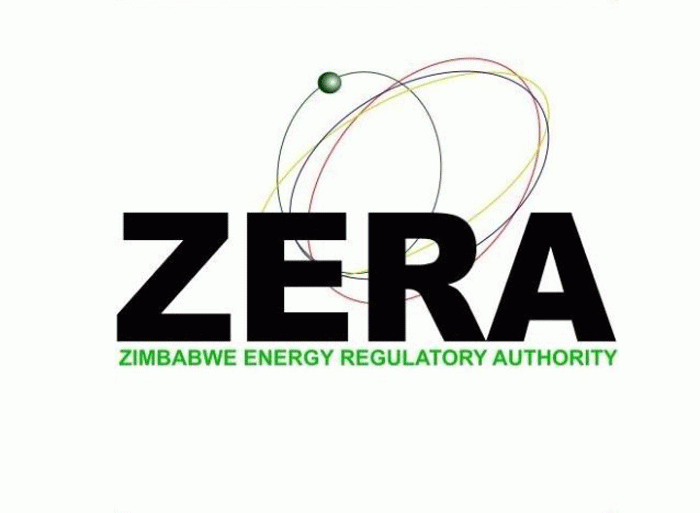
THE Zimbabwe Energy Regulatory Authority (Zera) has called for more electricity consumers to be put on the net metering system to reduce load shedding.
In 2019, the distribution arm of the power utility firm, Zesa Holdings, the Zimbabwe Electricity Transmission and Distribution Company introduced a net metering programme.
Under this programme, households and companies that generate excess solar power at their respective locations can feed the energy into the national grid through a grid-tied convertor.
This was introduced to put less pressure on the power utility in delivering electricity and reduced the need for daily loadshedding that can last for up to several hours every day.
“As we increase the uptake of net metering, we are also reducing load shedding and increasing the power supply stock and covering the power supply gap at the same time. We are encouraging you to build up a solar system,” Zera renewable energy engineer Tobias Mudzingwa told the just ended CEO Africa Round Table annual conference.
“What happens is that during the day the solar system produces excess power, so instead of wasting that energy it’s better for you to feed the energy into the grid.
“At the end of the month, you pay a net bill taking into account any amount of energy that you would have brought to the grid.”
Power generation at the country’s two top sources, the Kariba South Hydro Power Station, and the Hwange Thermal Power Station, is constrained due to various reasons.
- Zera slashes fuel dealership licence renewal fees
- Zera hikes LPG prices
- Zera ponders over energy crisis
- Petrol, diesel prices go up
Keep Reading
Mudzingwa said those on the net metering system will see their electricity bills being reduced drastically.
“For instance, if your bill was US$100 before net metering, at the end of the month, after net metering you could pay just US$40,” he said.
“And you would have saved US$60. So, you will be saving cash indirectly not being given the money directly by the utility.
“The total cumulative installed capacity for the 145 connected points is 8,869MW (megawatt) as at end of September 2023.
‘The capacity is distributed as follows: Commercial: 6,949 MW (78%), domestic: 1,920 MW (22%).
“The Utility is currently processing 97 applications (8,9 MW pending). The net metering concept seeks to mitigate the energy crisis in the country.”
Zera developed net metering regulations under Statutory Instrument 86 of 2018 and later revised the participating threshold from 100kW to 5MW per household or business.
The authority was mandated to develop net metering regulations by the National Renewable Energy Policy of 2019.
Zimbabwe is experiencing power shortages mainly due to a rise in electricity demand in the face of limited local generation capacity and imports.
Zimbabwe’s electricity demand is between 1 600MW and 1 800MW with current generation at less than 1 000MW on average.
The country can generate more than 600MW from solar, according to the Zimbabwe Energy Council.







